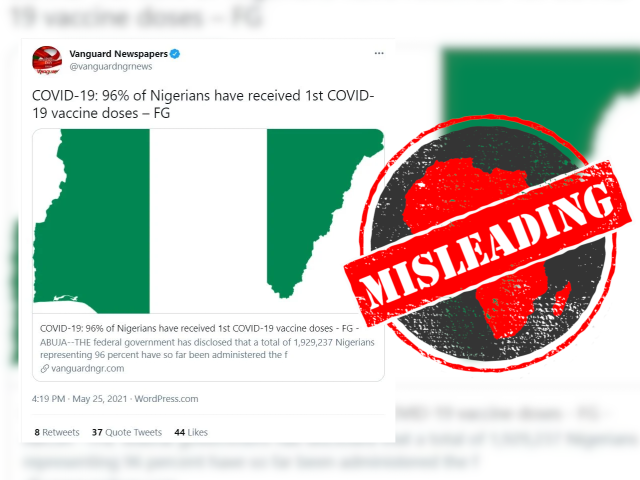In the early hours of 23 November 2019, landslides triggered by heavy rain hit communities in Kenya’s West Pokot county, claiming dozens of lives.
A day later a post appeared on Facebook claiming to show, in five photos, the aftermath of the tragedy.
“West Pokot Landslides: Death toll rises to 51 with over 10,000 displaced. Governor Lonyangapuo appeals for more humanitarian assistance,” it reads.
Do the five photos really show the devastation caused by the landslides on 23 November 2019? We checked.

A Google reverse image search for the first photo reveals that it’s actually of a landslide near Cusco, Peru, in March 2018.
It was posted on a gallery of images of the event, on the Peruvian Ministry of Defence’s Flickr page. The photo also appears in a March 2018 YouTube video, again described as the 2018 landslide in Peru.
The second photo does show the aftermath of a landslide in West Pokot – but in May 2018.
A search for the photo led to an article on the website of Kenya’s Standard newspaper, dated 4 May 2018 and headlined: “One person dies, eight injured in West Pokot landslides”.
We ran a TinEye reverse image search on the fourth photo and found it first surfaced online on 28 April 2018, in a report by the Star newspaper about a landslide in Gitugi in Murang’a county, where three people were killed.
Only two of the five photos show the 2019 West Pokot landslides: the third one, and the fifth. – Grace Gichuhi
A day later a post appeared on Facebook claiming to show, in five photos, the aftermath of the tragedy.
“West Pokot Landslides: Death toll rises to 51 with over 10,000 displaced. Governor Lonyangapuo appeals for more humanitarian assistance,” it reads.
Do the five photos really show the devastation caused by the landslides on 23 November 2019? We checked.

Photos from 2018
A Google reverse image search for the first photo reveals that it’s actually of a landslide near Cusco, Peru, in March 2018.
It was posted on a gallery of images of the event, on the Peruvian Ministry of Defence’s Flickr page. The photo also appears in a March 2018 YouTube video, again described as the 2018 landslide in Peru.
The second photo does show the aftermath of a landslide in West Pokot – but in May 2018.
A search for the photo led to an article on the website of Kenya’s Standard newspaper, dated 4 May 2018 and headlined: “One person dies, eight injured in West Pokot landslides”.
We ran a TinEye reverse image search on the fourth photo and found it first surfaced online on 28 April 2018, in a report by the Star newspaper about a landslide in Gitugi in Murang’a county, where three people were killed.
Only two of the five photos show the 2019 West Pokot landslides: the third one, and the fifth. – Grace Gichuhi
Republish our content for free
For publishers: what to do if your post is rated false
A fact-checker has rated your Facebook or Instagram post as “false”, “altered”, “partly false” or “missing context”. This could have serious consequences. What do you do?
Click on our guide for the steps you should follow.
Publishers guideAfrica Check teams up with Facebook
Africa Check is a partner in Meta's third-party fact-checking programme to help stop the spread of false information on social media.
The content we rate as “false” will be downgraded on Facebook and Instagram. This means fewer people will see it.
You can also help identify false information on Facebook. This guide explains how.



Add new comment